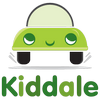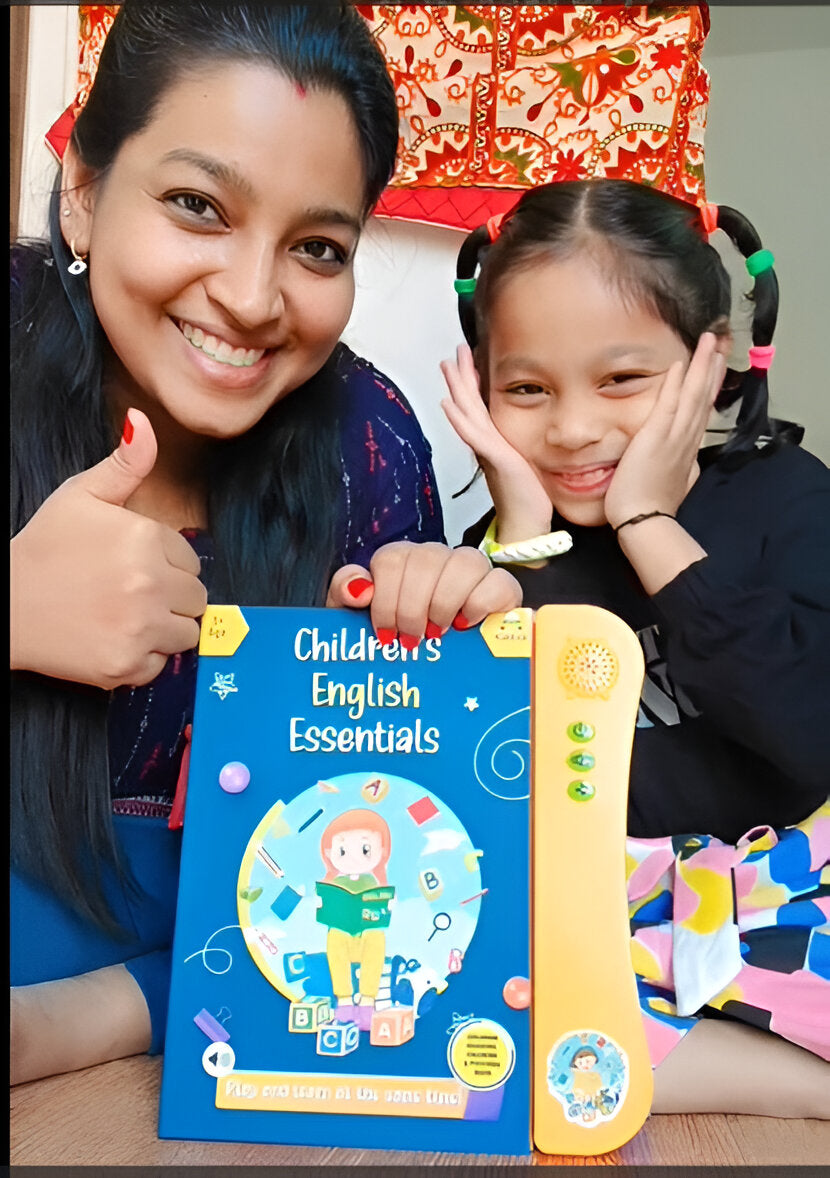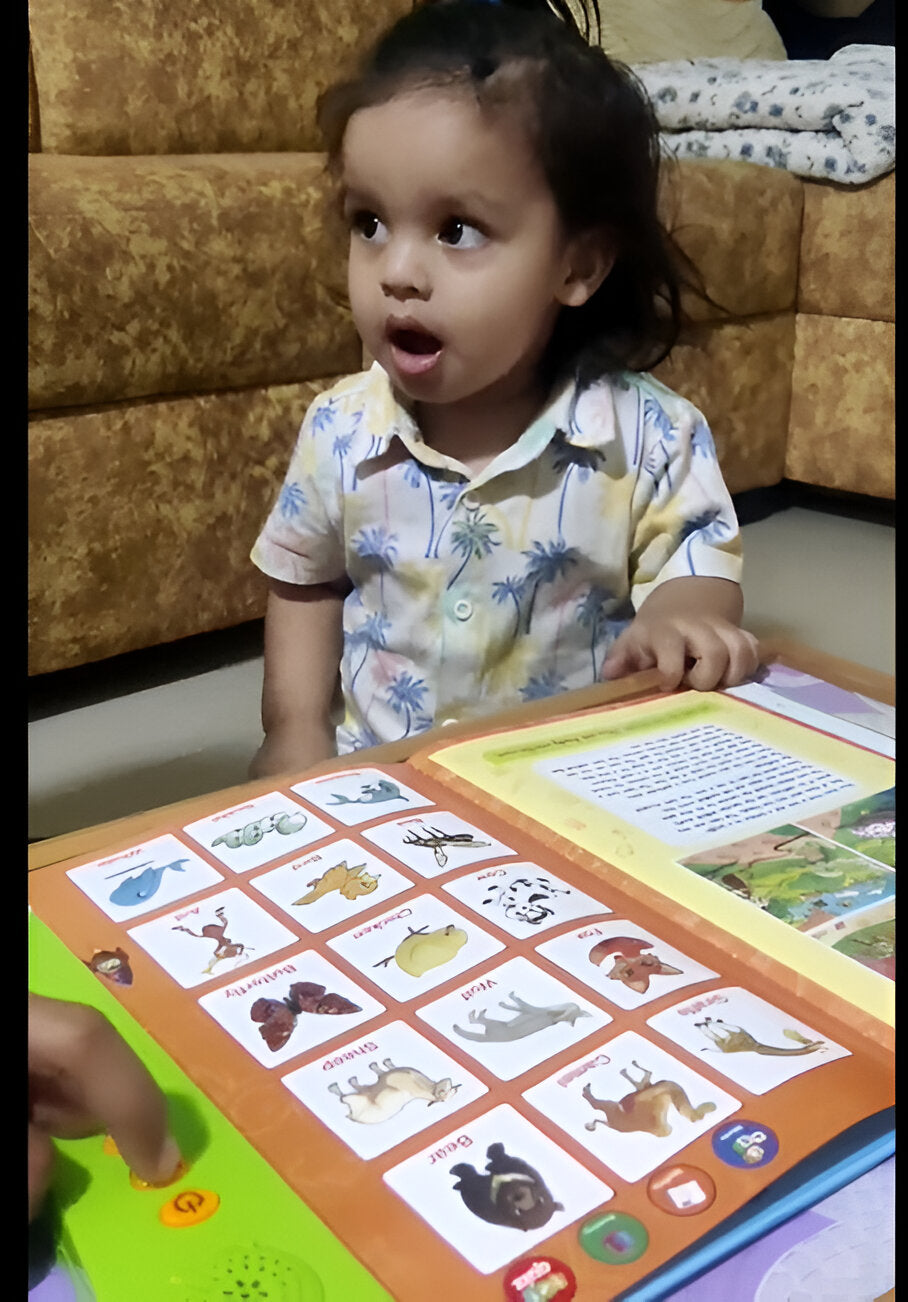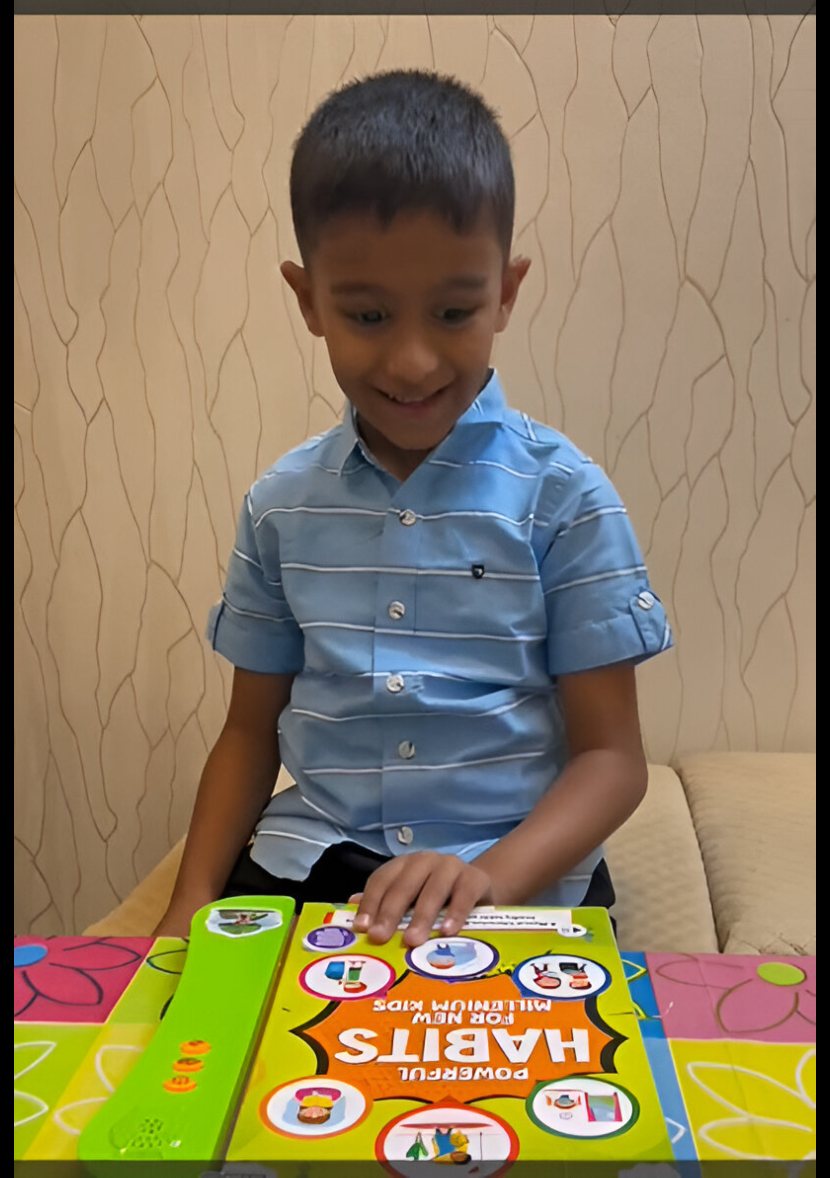

The process of learning to read is a complex one, involving the mastery of various skills. Two fundamental elements of early reading development are phonics sounds and sight words. Understanding these concepts and their differences can greatly aid in teaching or learning to read. A solid foundation in phonics sounds and sight words can set the stage for a lifetime of reading success.
Phonics sounds, also known as phonemes, are the individual sounds that make up words. They are the building blocks of language, enabling us to segment words into their constituent sounds. On the other hand, sight words are common words that are difficult to sound out using phonics rules, hence, they are usually taught to be recognized by sight. Both of these components play a crucial role in a child's reading journey.
While phonics sounds help children decode words, sight words aid in improving reading fluency. The relationship between these two is an intricate dance that, when mastered, leads to competent and confident readers. This article will delve into the world of phonics sounds and sight words, explaining their importance and providing strategies for teaching them.
What are Phonics Sounds?
Phonics sounds are the individual sounds that letters or groups of letters make when spoken. They lay the groundwork for children to decode written language. Each letter in the alphabet has a unique phonics sound, and when combined with other letters, they create different sounds.
Understanding phonics sounds is crucial for early readers as it helps them break down words into smaller, more manageable parts. It demystifies the process of reading, turning it from a daunting task into a manageable one. This understanding also helps children to spell words correctly, further enhancing their literacy skills.
The process of teaching phonics sounds starts with introducing children to the sounds of individual letters. Once they have mastered these, they can learn about blends (two letters that make a single sound), digraphs (two letters that create a new sound), and diphthongs (a sound formed by two vowels in a single syllable).

Understanding Phonics Sounds from A to Z
When teaching phonics sounds from A to Z, it's vital to ensure that children understand the relationship between letters and sounds. For instance, the letter 'a' makes the /a/ sound as in 'apple,' while the letter 'b' makes the /b/ sound as in 'ball.' This is often referred to as "letter-sound correspondence."
Teaching phonics sounds systematically from A to Z helps children to recognize patterns in words and to apply their knowledge of these patterns when reading and spelling. It's not merely about memorizing sounds; it's about understanding the logic and rules that govern how sounds work together to form words.
Teaching phonics sounds also involves teaching children about the different types of sounds letters can make. For example, the letter 'a' can make different sounds depending on its placement and context within a word. The same goes for other letters of the alphabet, making phonics sounds a dynamic and engaging topic to explore.
What are Sight Words?
Sight words, also known as high-frequency words, are words that appear frequently in our reading and writing. They are called sight words because they should be recognized instantly, on sight, without having to sound them out. Examples of sight words include 'the,' 'and,' 'is,' and 'it.'
Some sight words can be sounded out using phonics rules, but many cannot. For example, the word 'the' does not follow regular phonics rules and is therefore difficult to decode. Because these words appear so frequently in text, it's essential that children recognize them quickly to maintain reading fluency.
Sight words play a critical role in developing reading fluency and comprehension. By recognizing these words instantly, children can focus more on understanding the meaning of the text rather than spending time decoding each word.
The Difference Between Phonics Sounds and Sight Words
The primary difference between phonics sounds and sight words lies in how they are learned and used in reading. Phonics is a method used to teach reading and writing by developing learners' phonemic awareness—the ability to hear, identify, and manipulate phonemes. In contrast, sight words are typically learned through repetition and visual memory.
While phonics sounds are the individual sounds in words that must be sounded out, sight words are whole words that must be recognized as a whole without sounding them out. Phonics sounds help children decode new words, while sight words help to increase reading speed and comprehension.
Despite their differences, phonics sounds and sight words complement each other in the reading process. A balanced approach that incorporates both methods can greatly improve a child's reading skills.
The Importance of Phonics Sounds in Early Reading
Phonics sounds play a pivotal role in early reading. They act as a code that enables children to decode words, turning the symbols on a page into meaningful language. Without a solid understanding of phonics sounds, children may struggle to read, leading to frustration and a lack of confidence.
By teaching phonics sounds, educators and parents can equip children with the tools they need to read independently. This not only enhances their reading skills but also their spelling, writing, and comprehension. Phonics sounds provide a systematic approach to learning to read, making the process less overwhelming for young learners.
Moreover, phonics sounds can help children make connections between what they hear and what they see in text. This fosters a deeper understanding of language and literacy, setting the stage for advanced reading skills.
The Role of Sight Words in Reading Fluency
While phonics sounds are essential for decoding words, sight words play a significant role in developing reading fluency. Because sight words are common words that appear frequently in text, being able to recognize them instantly can significantly improve a child's reading speed and comprehension.
When children can instantly recognize sight words, they can devote more cognitive resources to understanding the meaning of the text. This leads to better comprehension and a more enjoyable reading experience.
Sight words also provide context, helping children to make sense of the other words in a sentence. They often act as anchors in a sentence, giving children clues about the meaning of new or unfamiliar words.
Teaching Strategies for Phonics Sounds and Sight Words
When teaching phonics sounds and sight words, it's important to use a variety of strategies to engage children and accommodate different learning styles. Here are a few effective strategies to consider:
For teaching phonics sounds, consider using multisensory approaches that involve sight, sound, and touch. This could include using letter tiles or magnetic letters to build words, singing songs that reinforce phonics sounds, or using motions to represent different sounds.
When teaching sight words, repetition and practice are key. Use flashcards, word walls, or sight word games to help children memorize these words. Encourage children to look for sight words in their reading and writing, reinforcing their learning in context.
Resources for Learning
To support children's learning of phonics sounds and sight words, consider using resources like the Kiddale Interactive Phonics Sound Book and Kiddale Interactive Children's English Essentials. These resources teach about sight words, rhyming words, and more by just touching buttons.
The Kiddale Interactive Phonics Sound Book is a great tool for teaching phonics sounds. It provides an engaging and interactive way for children to learn the sounds of the alphabet. Each page features a different letter and sound, encouraging children to explore and learn at their own pace.
On the other hand, the Kiddale Interactive Children's English Essentials is a comprehensive resource for learning sight words. It includes a variety of activities designed to help children recognize and learn sight words in an enjoyable and engaging way.
Conclusion: Balancing Phonics Sounds and Sight Words in Reading Instruction
In conclusion, both phonics sounds and sight words play vital roles in early reading instruction. Phonics sounds help children decode words, breaking them down into manageable sounds. Sight words, on the other hand, improve reading fluency, allowing children to read smoothly and understand the text better.
Striking a balance between teaching phonics sounds and sight words is crucial. While phonics sounds provide the base for reading, sight words give children the ability to read faster and understand more. By utilizing resources like Kiddale Interactive Phonics Sound Book and Kiddale Interactive Children's English Essentials, educators and parents can effectively teach these essential reading components, setting children on the path to reading success.































